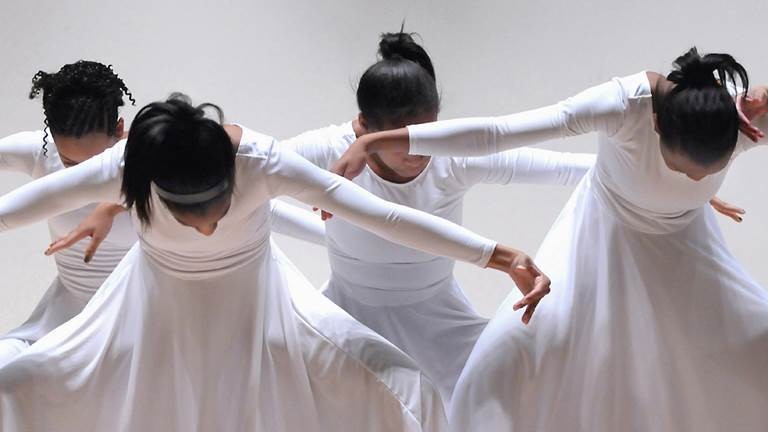More than just movement, dance serves as a means of expression for communication. Through stories, emotions, or culture, dance has always served its purpose throughout different eras. One method of communicating through dance is to provide storytelling, in which the individual dancing is skilled in conveying intricate parts of a plot and emotion through synchrony, coherent body movements, rhythm, and artistry.
This article reflects the methodology applied by dancers to connect with spectators beyond the surface level.
What is Storytelling Through Dance?
Storytelling through dance combines a sequence of precise movements to narrate a story or represent an idea. Unlike other forms of narration, dance does not require texts or words; rather, it employs gestures, myriad body parts, and even faces to express what it wants. Similar to spoken words, love or culture can be expressed abstractly in dance.
The Contribution of Emotion in Dance Storytelling
· Expressing Emotions:
The focal point of dance narrative is emotion. The outburst of certain feelings enables the dancer to enhance a performance. For instance, joy, sorrow, anger, and even fear are all emotions that, when intertwined with movement, can bring about something profound. Each action is an expression of thoughts and feelings, making emotions the essence.
· Facial Expressions and Body Language:
Dancers utilize facial expressions to enhance their storytelling. A soft smile might indicate feelings of happiness, while a furrowed brow may indicate sadness or confusion. When combined with emotive limbs, a dancer can tell the main idea of a story in a non-verbal universal form.
Methods of Storytelling Using Dance
• Intention with Choreography:
There is intention in a storytelling dance. Choreographers create movements that illustrate a specific action or emotion. For example, a reach might indicate desires, while a sudden drop might illustrate loss, despair, or heartbreak.
• Music Interpretation:
In dance, the storytelling music is informative. A song’s rhythm, lyrics, and overall tone help give the dancer permission to execute, in other words, the dancer’s story is inspired by the previous conditions of the piece’s verbal information. A slow, sad piece could lend itself to a story of a broken heart, while a fast, rhythmic tune could show triumph and excitement.
• Props and Costumes:
Props and Costumes are another form of story development. A fan, a scarf, or even a stick can represent various objects or elements of a story. Costumes can provide a setting or character, and could be traditional dress for folk stories or modern themed costumes for contemporary stories.
Cultural Importance of Dance Storytelling
· Preserving Traditions:
In many cultures, dance has been a way to pass down tales from one generation to the next. Classical Indian dance forms like Bharatanatyam or Kathak, and African tribal dances, are embedded in mythology and ancient events. These dances continue cultural tradition and provide insight into society’s values and beliefs.
· Connecting Communities:
Storytelling through dance often brings people together during celebrations, ceremonies, or performances. It serves as a joint experience that advances empathy, understanding, and celebration.
Conclusion
Storytelling through dance is a timeless art form that combines people further language and borders. By combining change, music, and fervor, dancers can express powerful accounts that resonate deeply with accompanying audiences. Whether implanted in tradition or modern artistry, dance remains a fascinating and meaningful way to tell stories without words.

